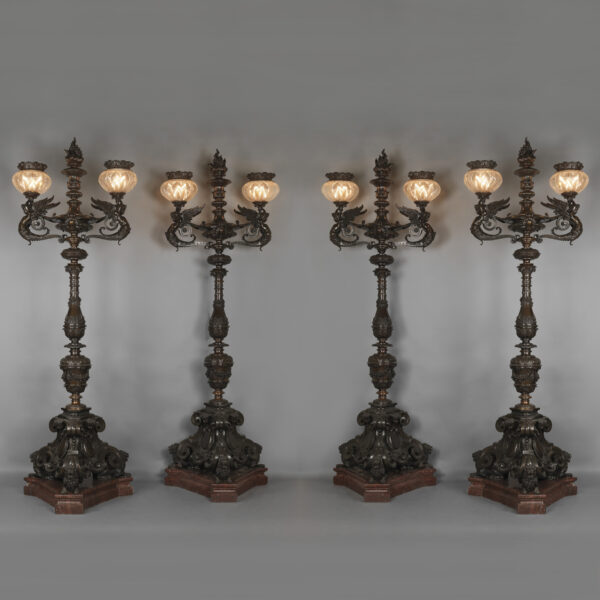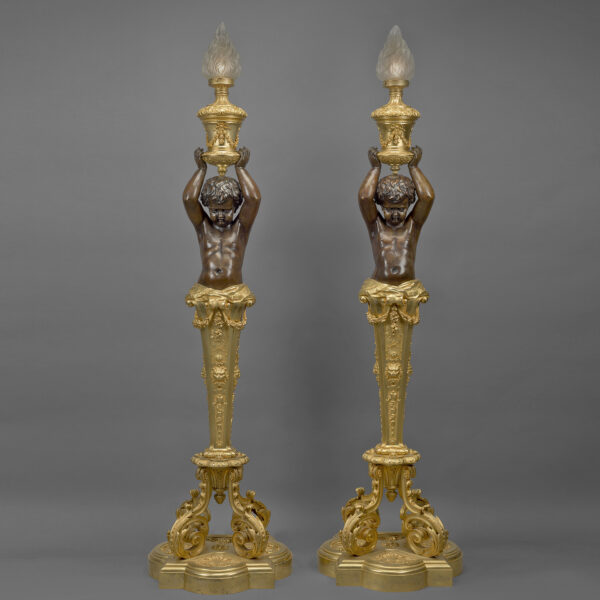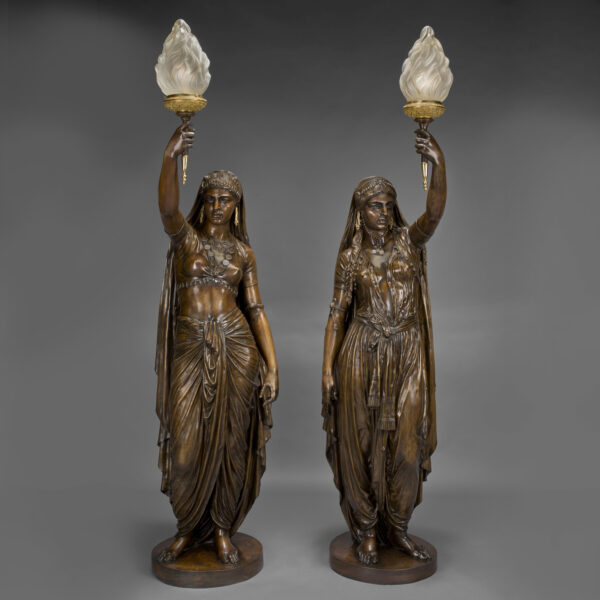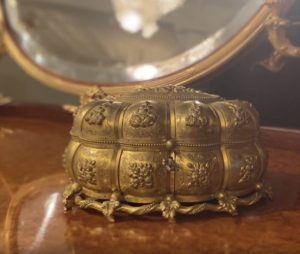Ferdinand Barbedienne
A Magnificent and Large Pair of Bronze Figural Candelabra
£180,000
‘Deux Femmes Debout - porte-lumières, Style Renaissance’ A Large Pair of Gilt and Patinated Bronze Figural Torchères, Cast by Ferdinand Barbedienne,...
Dimensiones
Height: 194 cm (77 in)Ancho: 50 cm (20 in)
Depth: 65 cm (26 in)
Descripción
‘Deux Femmes Debout – porte-lumières, Style Renaissance’
A Large Pair of Gilt and Patinated Bronze Figural Torchères, Cast by Ferdinand Barbedienne, Paris, From the Models by Alexandre Falguière and Paul Dubois.
Signed ‘FALGUIERE’ and ‘P. DUBOIS’ respectively and inscribed ‘F. BARBEDIENNE. FONDEUR’.
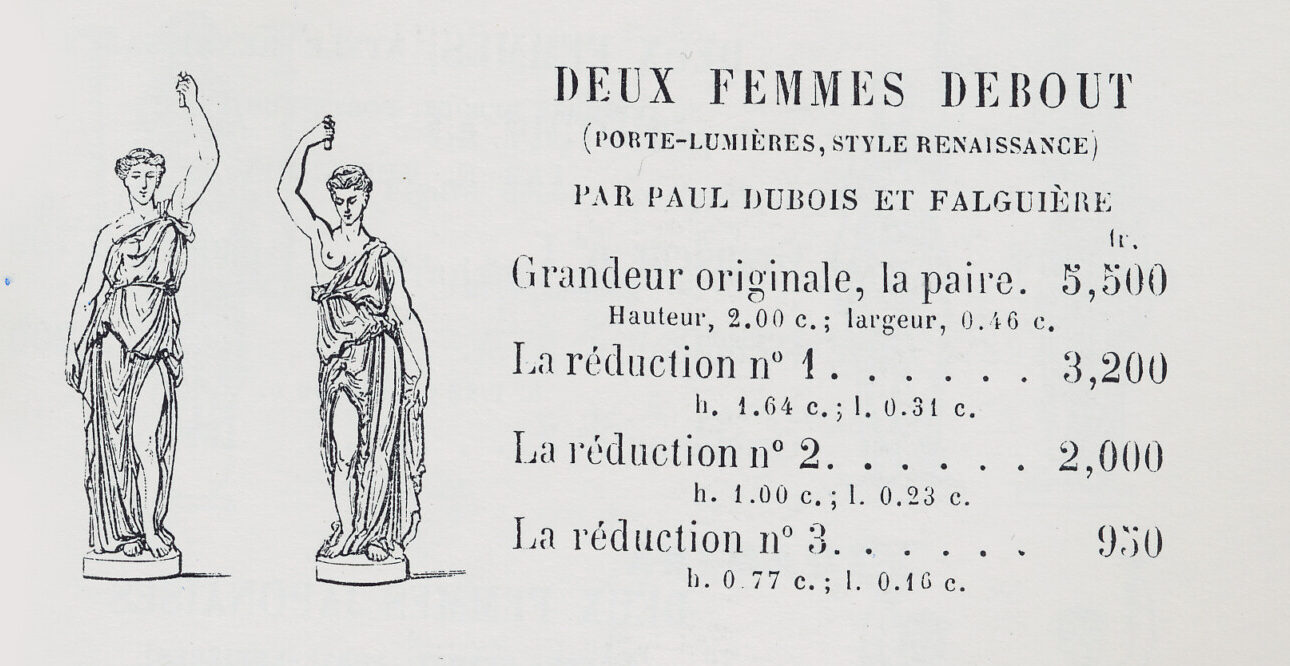
‘Grand originale, la paire’ priced at 5,500 fr. in the Barbedienne Catalogue des Bronzes d’art, 1883.
Barbedienne illustrates a drawing of this pair of torcheres on page 63 of his 1886 catalogue ‘Bronzes D’ Art’. He lists them under the heading ‘Deux Femmes Debout’ and describes them as ‘Porte-Lumières, style Renaissance’ also indicating that they were modelled by Paul Dubois and Falguière.
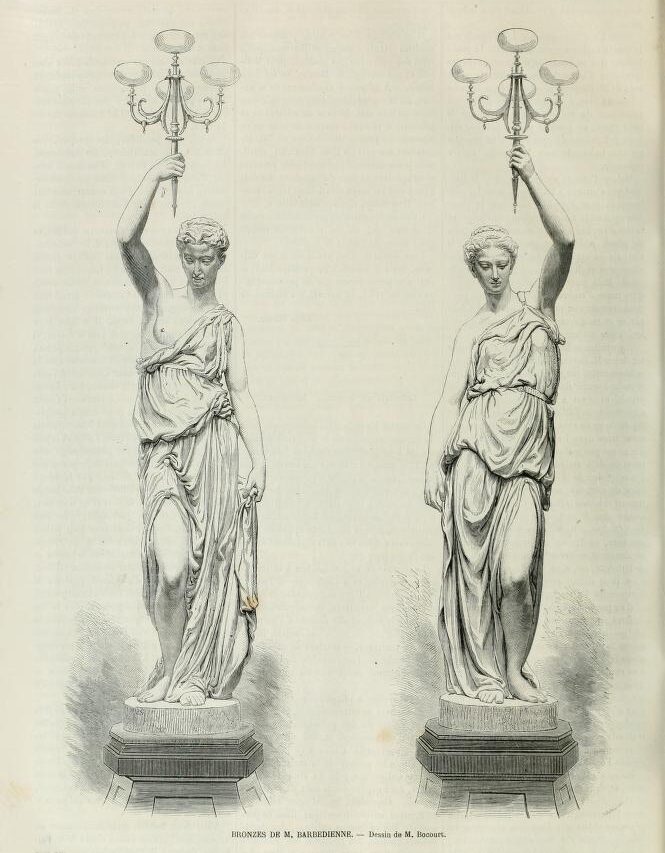
The model illustrated at the at the 1867 Exposition Universelle
This model of candelabra was exhibited by Barbedienne at the 1867 Exposition Universelle and subsequently installed at the Château de Compiègne as part of the refurbishment undertaken by Napoléon III and Empress Eugénie.
Francia, alrededor de 1870.
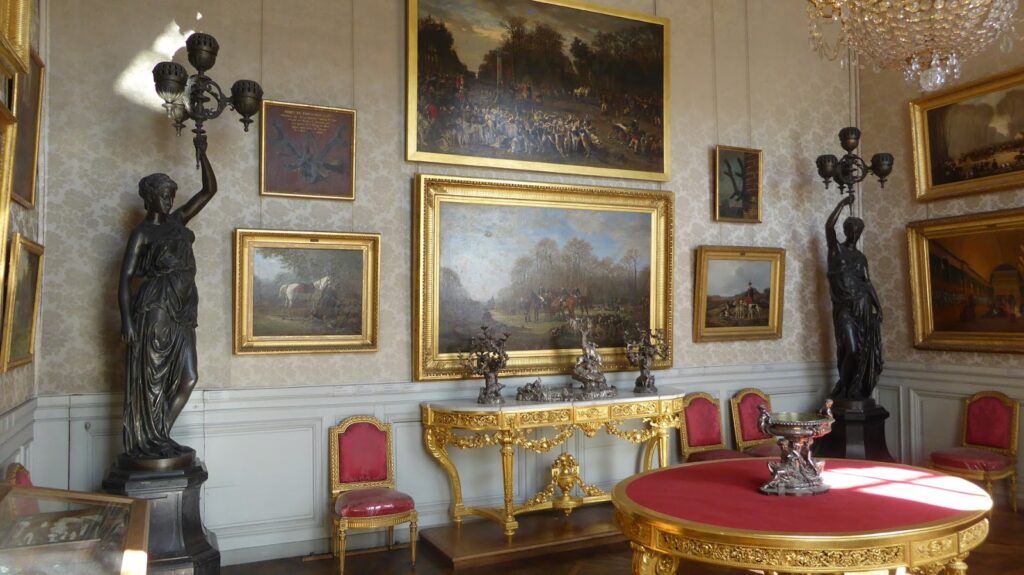
A pair of torchères of the same model at the Château de Compiègne
Paul Dubois
Paul Dubois (1827-1905) entered L’Ecole des Beaux-Arts in 1858. He exhibited at the 1865 Salon the Chanteur Florentin, inspired by his period of study in Italy and later exhibited this model at the Paris Universal Exhibition of 1867 (now preserved at the Musée d’Orsay). His success brought him many important public and private commissions including a portrait for the Duc d’Aumale and a statue of Joan of Arc at Reims. He was appointed curator at the Luxembourg Museum in 1873 and went on to become Director of the L’Ecole des Beaux-Arts in 1878.
Alexandre Falguière
Alexandre Falguière studied under Jouffroy at L’Ecole des Beaux-Arts, exhibiting for the first time at the salon in 1857. He won the Prix de Rome in 1859 and continued to find extraordinary success at the International Exhibitions of the period including the Paris Universal Exhibition of 1867 where he won a first class medal. He was awarded the Ordre National de la Légion d’Honneur in 1870. As well as private commissions he undertook a number of important commissions for the French state. In 1878 he was asked by the state to realise the Triomphe de la République, placed in 1881 at the summit of the Arc de Triomphe (taken down in 1886). His most important international work was the Lafayette monument in Washington D.C.
Francia, alrededor de 1870.
Fecha
Alrededor de 1870
Origen
Francia
Medio
Bronce dorado y patinado
Firma
Signed ‘FALGUIERE’ and ‘P. DUBOIS’ respectively and inscribed ‘F. BARBEDIENNE. FONDEUR’
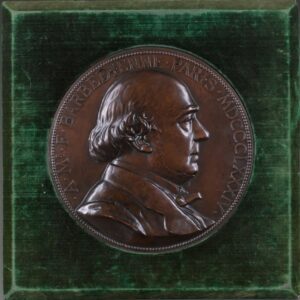
Ferdinand Barbedienne (6 de agosto de 1810 - 21 de marzo de 1892) fue un metalúrgico y fabricante francés, muy conocido como fundidor de bronce.
Hijo de un pequeño agricultor de Calvados, comenzó su carrera como comerciante de papel pintado en París. En 1838 se asoció con Achille Collas (1795-1859), que acababa de inventar una máquina para crear réplicas en bronce de estatuas en miniatura. Juntos iniciaron un negocio de venta de miniaturas de estatuas antiguas procedentes de museos de toda Europa, democratizando así el arte y haciéndolo más accesible a los hogares. A partir de 1843 ampliaron su campo de acción reproduciendo la obra de artistas vivos y también se diversificaron fabricando objetos domésticos esmaltados. Con el estallido de la guerra franco-prusiana en 1870, la empresa tuvo que dedicarse brevemente a la fundición de cañones debido a la escasez de metales, pero reanudó su actividad posteriormente. Tras la muerte de Barbedienne en 1892, fue enterrado en el cementerio del Père-Lachaise y la empresa fue continuada por su sobrino Gustave Leblanc hasta 1952.
Entre los principales artistas reproducidos por la firma estaban Antoine Louis Barye y Auguste Rodin.
Kjellberg, Pierre. Les Bronzes du XIX siècle, Dictionnaire des Sculpteurs, Les Editions de l’Amateur, (Paris); pps.653-658.
Cooper, Jeremy. 19th Century Romantic Bronzes, pps. 25,41,149
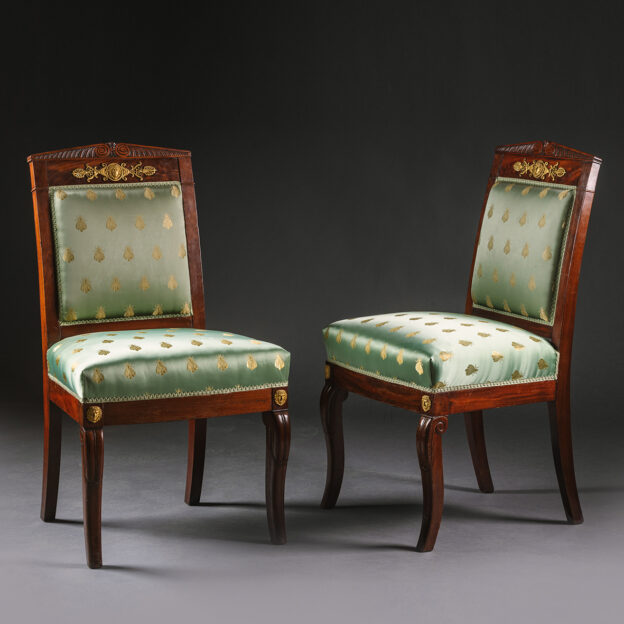
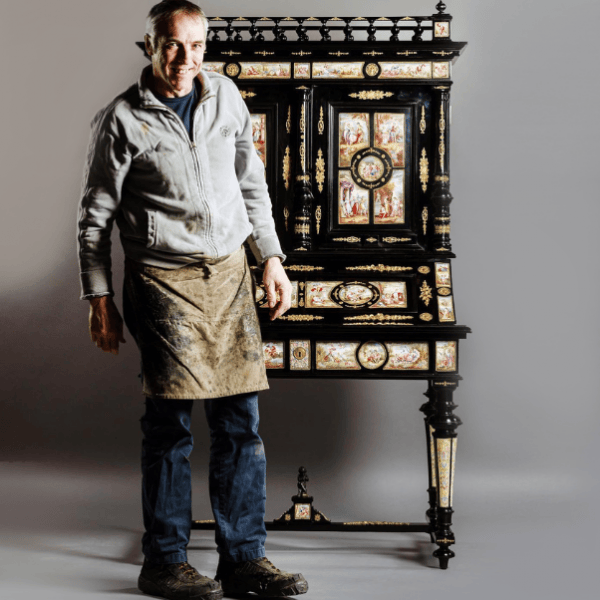
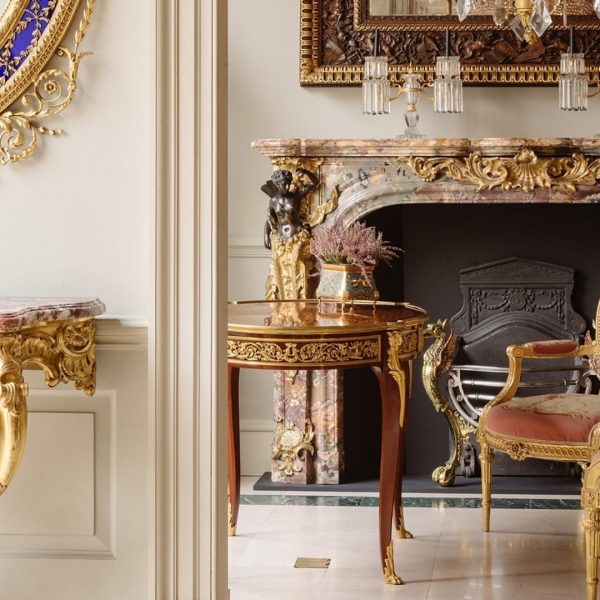
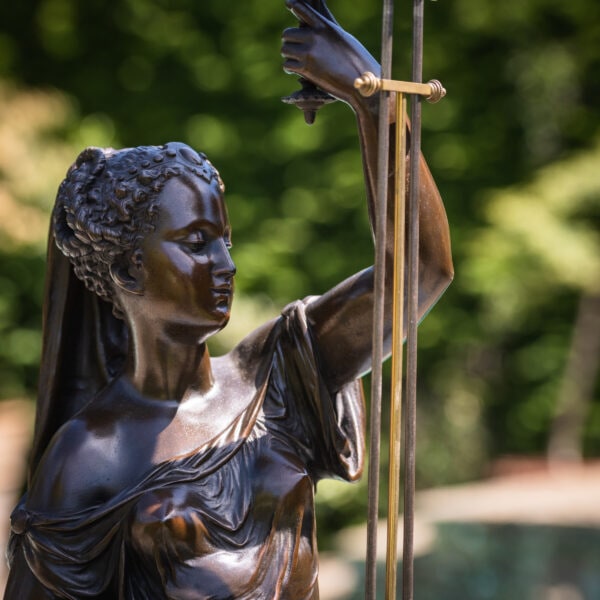
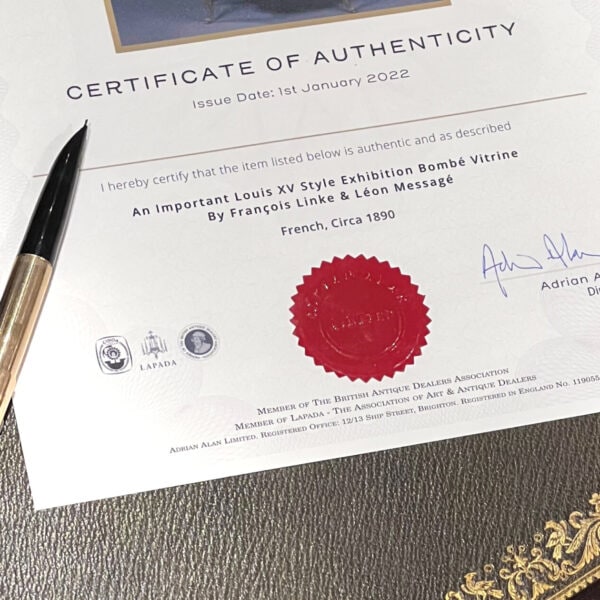
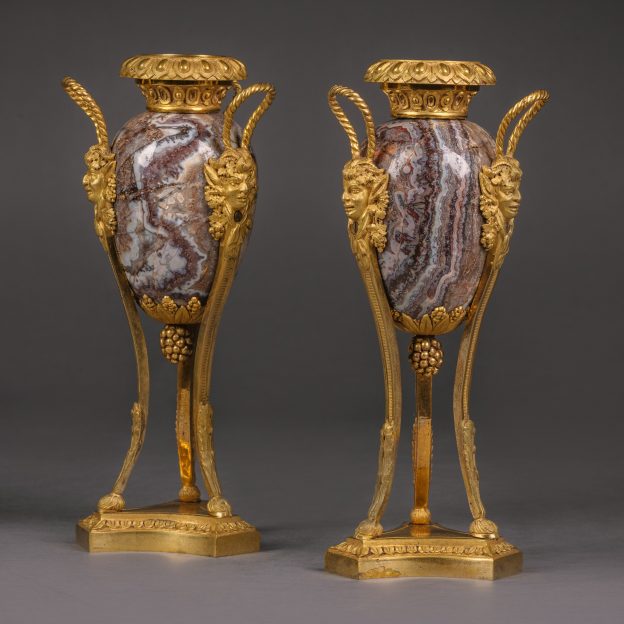
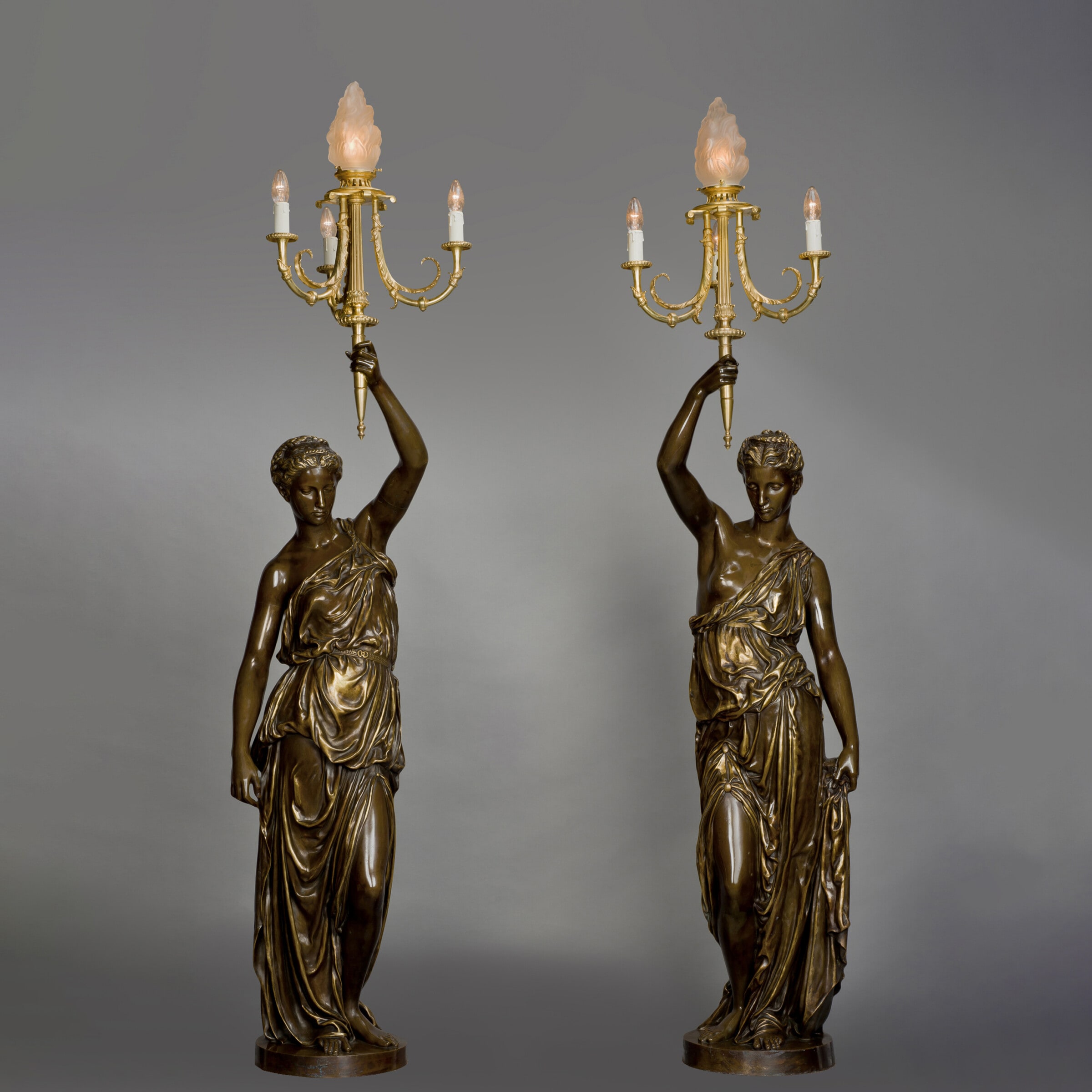
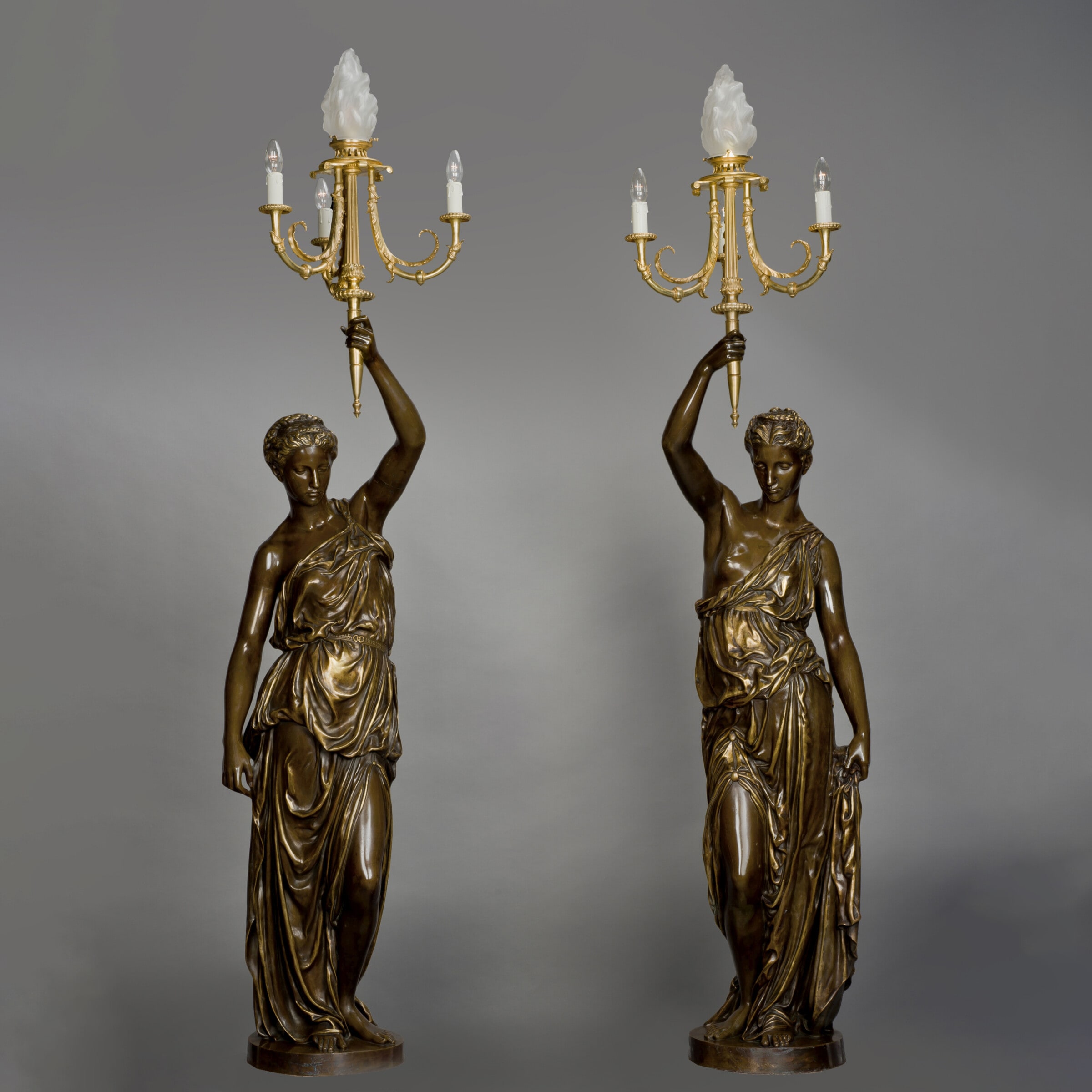

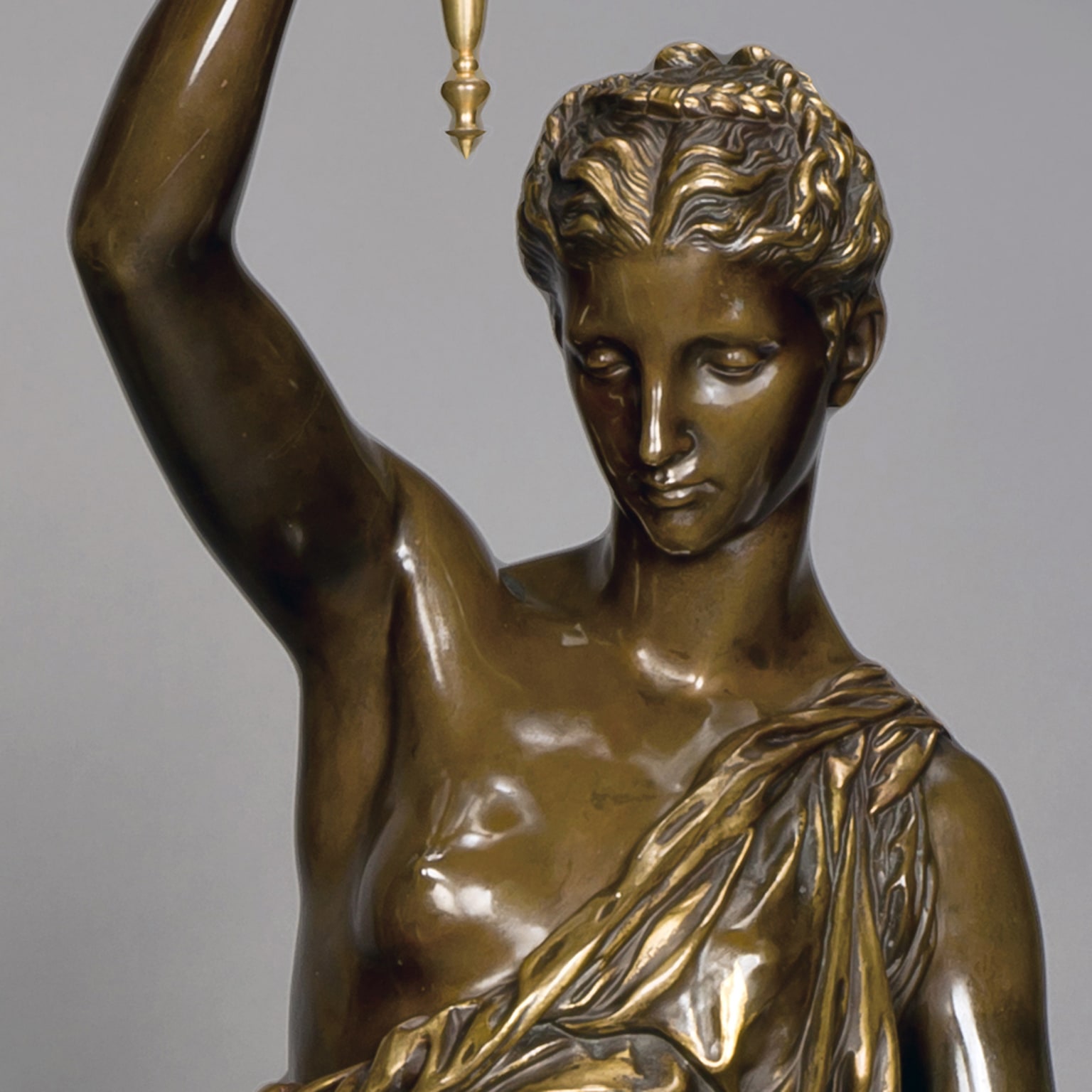

 Imprimir
Imprimir